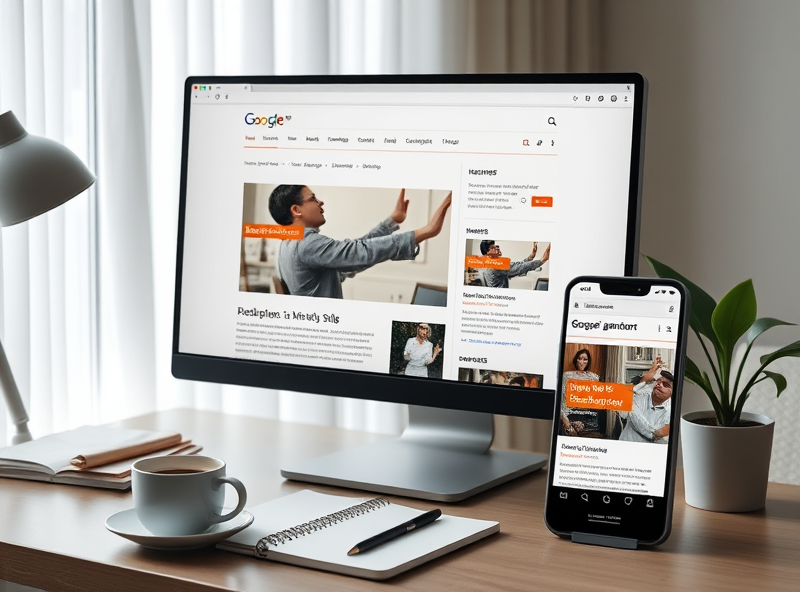
AdSense Ad Placement Strategies That Boost Revenue: Proven Optimization Techniques

If you’re a U.S.-based blogger or website owner looking to maximize your Google AdSense revenue, you’re not alone. Many content creators are constantly seeking the most effective ways to optimize ad placements without compromising user experience. In this guide, I’ll walk you through proven strategies that can help you increase your AdSense earnings, based on the latest trends and best practices for 2024.
Understand How AdSense Works First
Before diving into placement strategies, it’s essential to understand how AdSense monetization works. Google AdSense uses a pay-per-click (PPC) and cost-per-impression (CPM) model. Advertisers bid to show their ads on your site, and you earn money when users either view or click on those ads. The more relevant and visible your ads are, the higher your potential earnings.
Above the Fold: Prime Real Estate
One of the most effective strategies is placing ads above the fold — the portion of your webpage that is visible without scrolling. This area gets the most attention from users and typically results in higher click-through rates (CTR). For U.S. audiences, who often browse on both desktop and mobile, make sure your layout is responsive and optimized for both platforms.
Blend Ads Seamlessly with Content
Native ad formats, such as in-article and in-feed ads, are designed to blend with your content. These formats not only improve user experience but also increase engagement. For example, placing an in-article ad after the first or second paragraph can be effective without being intrusive. Just be sure to follow Google’s policy on ad labeling to maintain transparency.
Utilize Heatmaps to Guide Placement
Using tools like Hotjar or Crazy Egg, you can analyze where users are clicking and how far they scroll. This data helps you place ads in high-visibility areas. For instance, if your heatmap shows that users frequently stop reading halfway through a blog post, consider placing an ad block just before that point.
Leverage Sticky Ads for Mobile Users
With over 60% of U.S. web traffic coming from mobile devices, optimizing for mobile is crucial. Sticky ads, especially anchor ads that remain at the bottom of the screen, can significantly boost visibility and revenue. Google now supports these formats natively, and they’re compliant with Better Ads Standards when used correctly.
Experiment with Auto Ads (But Monitor Closely)
Google’s Auto Ads feature uses machine learning to automatically place ads where they’re likely to perform best. While this can save time, it’s important to monitor performance and user feedback. Sometimes Auto Ads can place too many ads or disrupt the reading experience, so adjust settings as needed.
Use Ad Balance to Improve User Experience
Ad Balance is a feature in your AdSense dashboard that allows you to reduce the number of ads shown to users while maintaining revenue. By showing only the highest-paying ads, you can enhance user experience and potentially increase engagement. This is especially useful for U.S. audiences who are sensitive to ad clutter.
Don’t Overload: Follow Google’s Ad Limit Policies
It’s tempting to place ads everywhere, but doing so can lead to policy violations and a poor user experience. Google recommends no more than three ad units per page for most content types. Always prioritize quality over quantity.
Test, Analyze, and Optimize
The most successful AdSense publishers in the U.S. continuously test different ad placements, formats, and sizes. Use A/B testing tools and Google Analytics to track performance. Look for patterns in user behavior and adjust your strategy accordingly.
Final Thoughts
Optimizing AdSense ad placement is both an art and a science. By focusing on user experience, leveraging data, and staying compliant with Google’s policies, you can significantly boost your revenue. Remember, what works for one site may not work for another, so keep testing and refining your approach.
If you found this guide helpful, consider subscribing for more expert tips on monetizing your content effectively!



